Know About Cerebral Palsy
From Causes to Care
About Cerebral Palsy
Understanding
Cerebral Palsy
Cerebral Palsy is a neurological condition that profoundly affects muscle control, movement, and motor skills. The term 'Cerebral' pertains to the brain, and 'Palsy' signifies muscle weakness or difficulty in muscle use. This condition is estimated to occur in approximately 3 out of every 1000 live births, making it one of the most prevalent childhood neurological disorders.
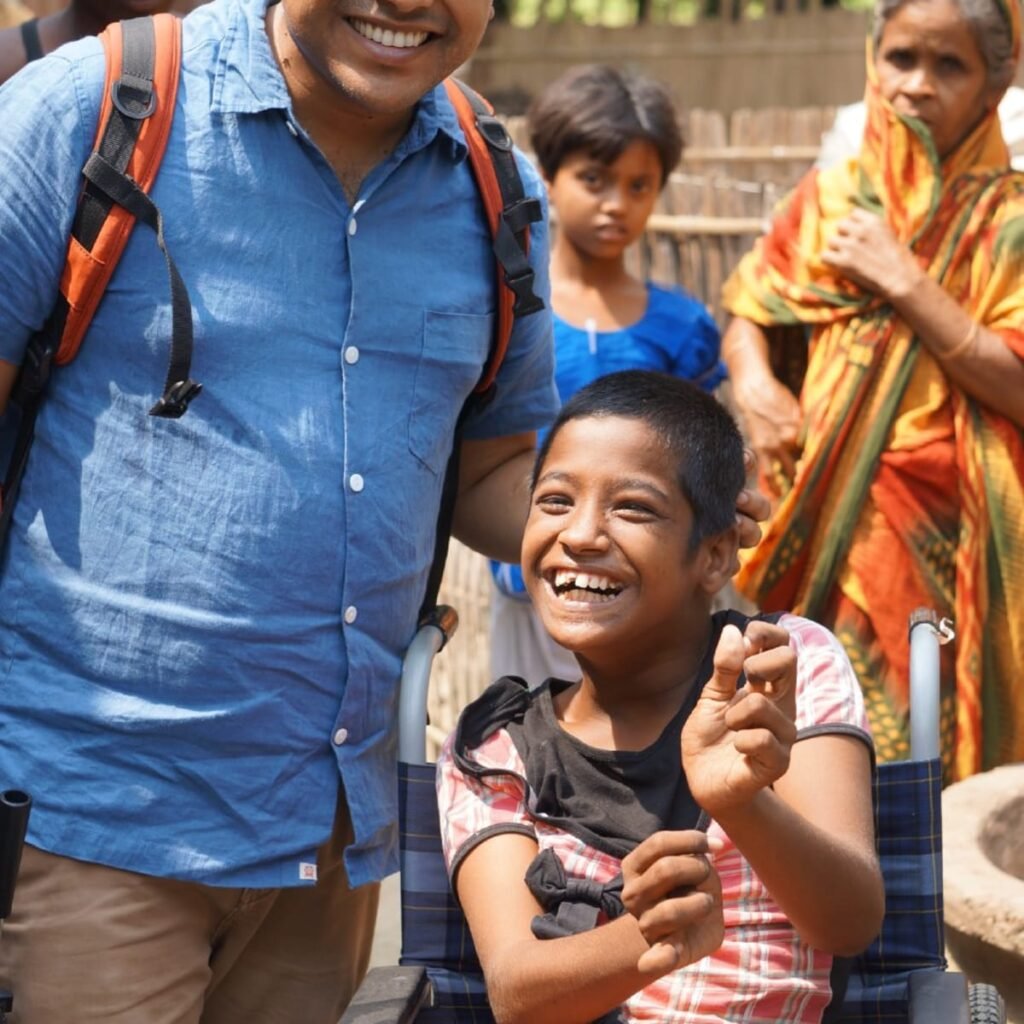
Normal Brain vs Cerebral Palsy Brain
In the brain there is an area called cerebral cortex which is responsible for voluntary actions of muscles . Upon receiving signals to do a particular action it sends signals through the spinal cord to the concerned muscles via nerves. For example to make a fist or to bend the elbow the muscles in the hand and in the elbow region receive signals from the cerebral cortex through spinal cord and nerves and perform the desired action. For this the cerebral cortex should be normal and function well in sending signals to the muscles.
In cerebral palsy the cerebral cortex is affected due to various causes and does not function normally. This results in loss of control on movements of the muscles resulting in difficulty in doing simple daily tasks like walking, eating, clothing and similar activities of daily living. In cerebral cortex different parts of the body are represented in different areas. Depending on the area and the depth of involvement the cerebral palsy effects are manifested. Areas of the cerebral cortex that is responsible for the normal muscle actions are shown in the picture.
VARIETIES OF CEREBRAL PALSY
Types of Cerebral Palsy
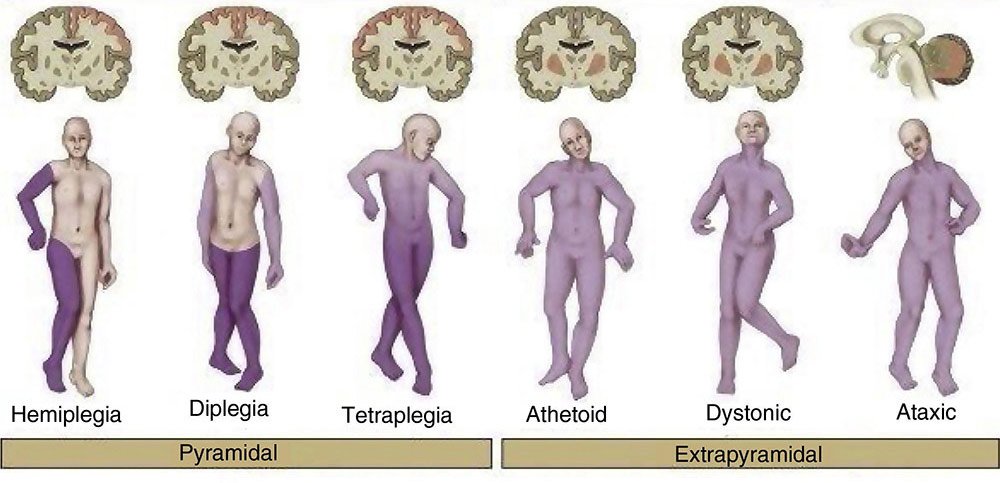
1
Hemiplegia
It affects one side of the body, often causing weakness or paralysis on that side.
2
Diplegia
Primarily impacts the legs, resulting in muscle stiffness and difficulty with movement.
3
Tetraplegia
Affects both the arms and legs, causing significant motor impairment.
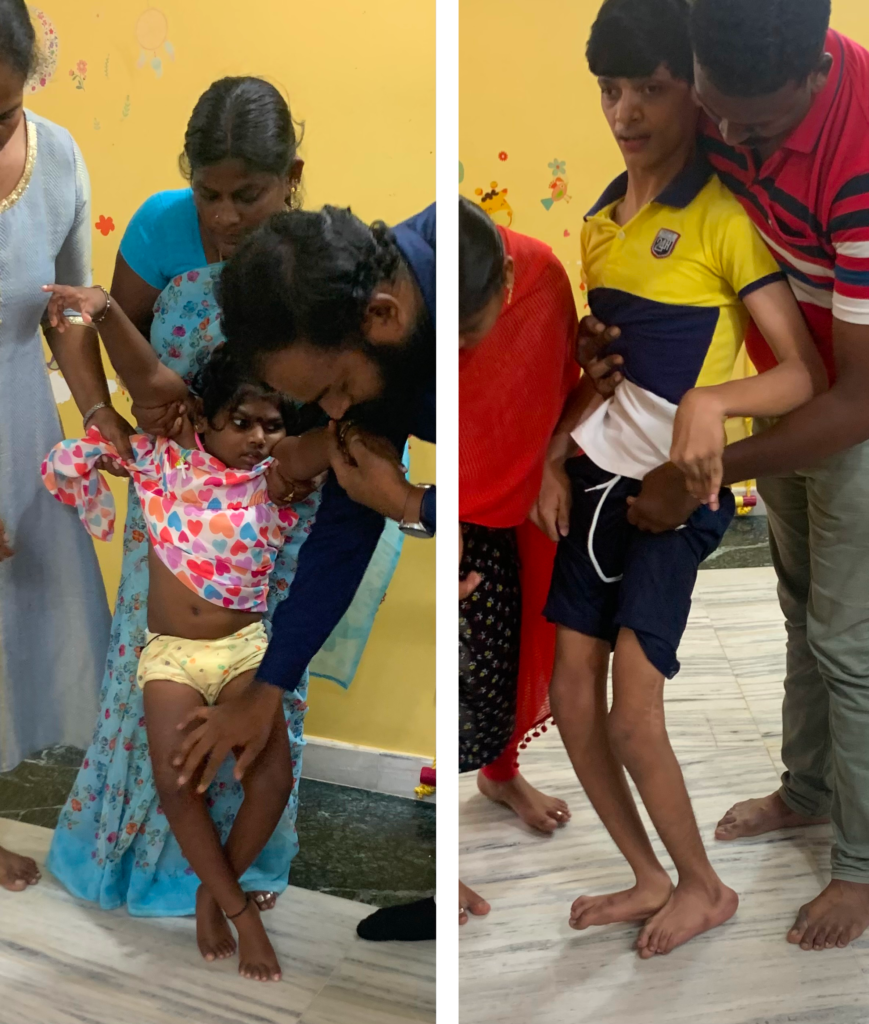
4
Athetoid
Characterized by involuntary and uncontrolled movements, often affecting the face, arms, and legs.
5
Dystonic
Causes muscle contractions and twisting movements, leading to abnormal postures.
6
Ataxic
Results in problems with coordination, balance, and fine motor skills.
DEGREE OF CEREBRAL PALSY
Gross Motor Function Classification System (GMFCS) for Cerebral Palsy
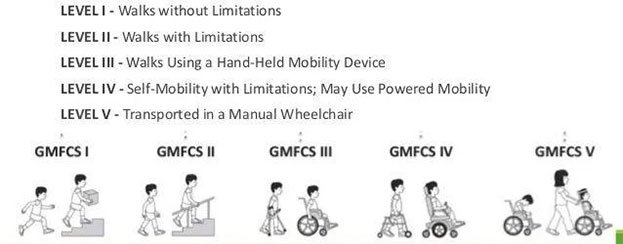
- Level I– Has functional gross motor skills, though may struggle with speed, balance, and coordination. Moves independently without the aid of adaptive equipment.
- Level II– Can walk with limitations and may need assistance with inclined or uneven surfaces. Moves without the aid of adaptive equipment.
- Level III– Can walk with the use of hand-held adaptive equipment and may need a wheelchair to move on inclined or uneven surfaces, or to travel long distances.
- Level IV – Is self-mobile only with significant limitations. Many use powered-wheelchairs, require significant help with transfers, and are dependent on adaptive and assistive equipment.
- Level V – Typically has limitations that impair all voluntary movement and is extremely dependent on adaptive equipment, assistive technology, and other people for mobility.
LIVING WITH CEREBRAL PALSY
The Daily Challenges
and Triumphs
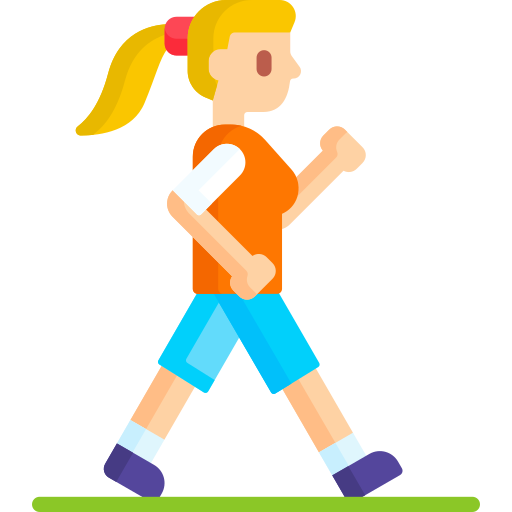
Mobility Challenges
Children with cerebral palsy face difficulties in movement and needs assistive devices.

Communication
Some children encounter speech and communication difficulties, requiring speech theraphy
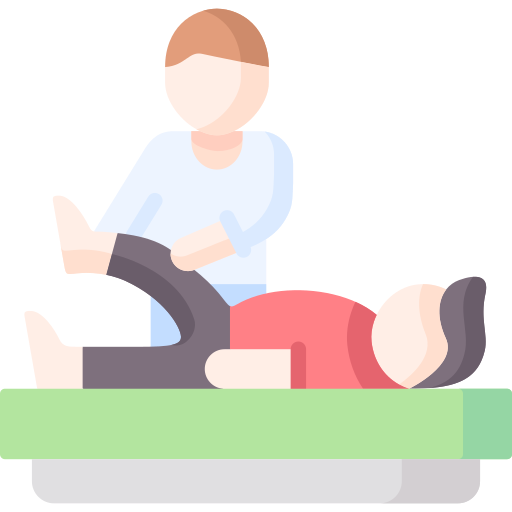
Therapy Sessions
Regular therapy sessions are crucial for improving motor skills and communication abilities.

Independence Goals
The biggest challenge is making the child to live independent life without any physical support

Education
Many cerebral palsy children require special school education

Social Interactions
Building friendships and meaningful social connections is an essential for cerebral palsy children
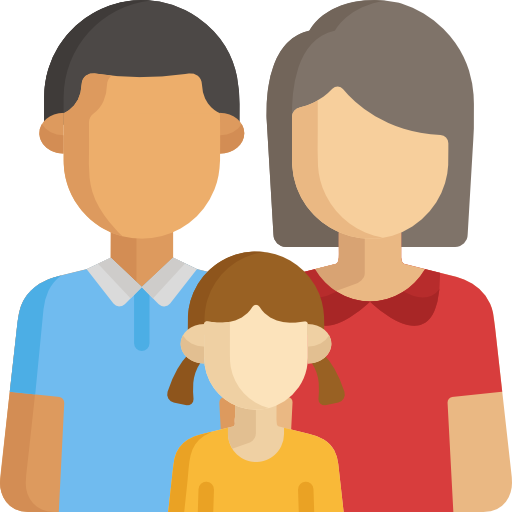
Family Support
Families and children require emotional support to cope with their daily challenges
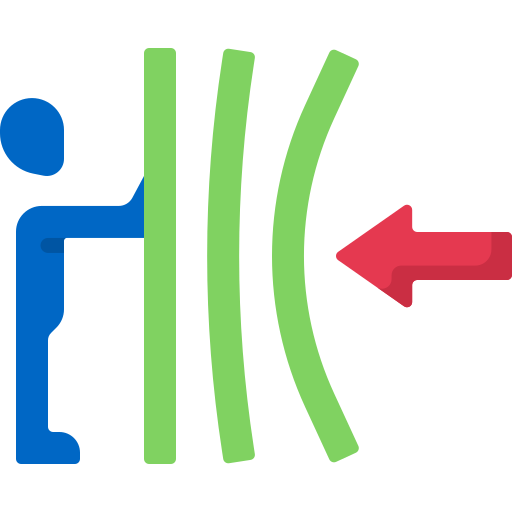
Resilience
Although they have difficulty in expression Cerebral Palsy Children exhibit remarkable resilience and determination in the face of adversity.
IDENTIFY CEREBRAL PALSY
Causes & Symptoms
of Cerebral Palsy
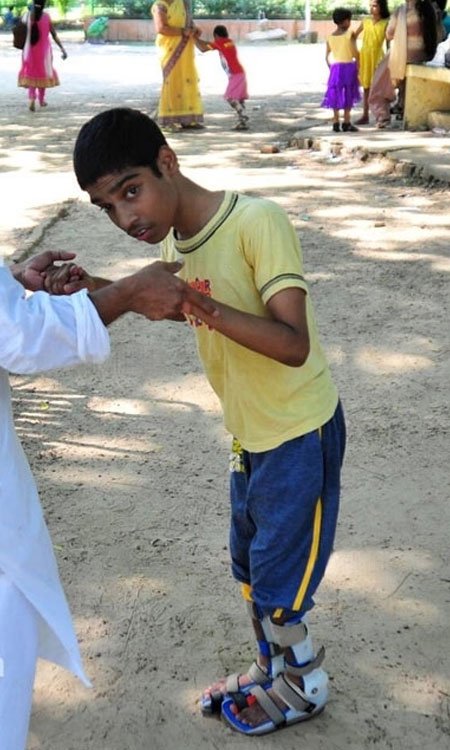
Causes
- Certain infections during pregnancy like rubella (German measles), can cause brain damage further leading to cerebral palsy.
- Insufficient supply of oxygen to the foetus which may be caused due to improper functioning of placenta.
- Premature delivery may also lead to this condition, especially when the infant is less than 3 pounds
- Lack of oxygen or asphyxia during labour or delivery.
- Incompatibility between the Rh factor between mother and her foetus
- Severe jaundice if not taken care of in time, may pose high risk of permanent brain damage further resulting in cerebral palsy.
- Some children may acquire cerebral palsy after birth due to brain infections such as meningitis and due to some head injury.
Symptoms
- Weakened muscles
- Highly spastic muscles
- Inability to sit upright comfortably
- Muscles move with shakes and jerks
- Inability to change positions easily
- Lack of sucking reflexes
- Ongoing tremors
- Exaggerated drooling
- Diminished tongue control
- Lack of control of facial muscles
- Low fine motor skills (difficulty drawing, coloring, and holding utensils)
DEGREE OF CEREBRAL PALSY
Potential warning signs
of Cerebral Palsy
If your child is missing key milestones, he or she may have a developmental condition, such as cerebral palsy. The best thing for you to do is moniter your child's development and look out for any warnings signs of cerebral palsy.
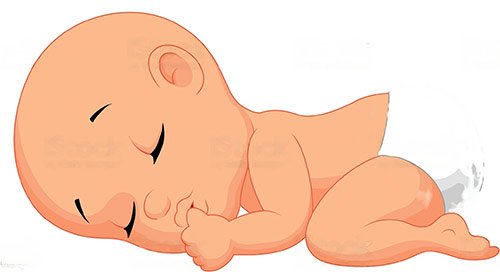
0-3 Months

3-6 Months
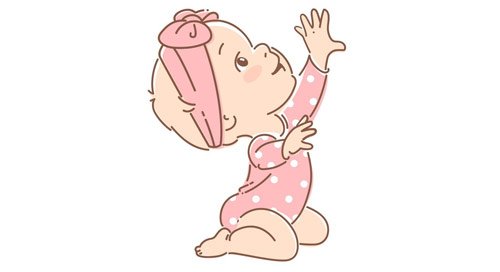
6 Months to 1 year

1-2 Years
Treatment Options
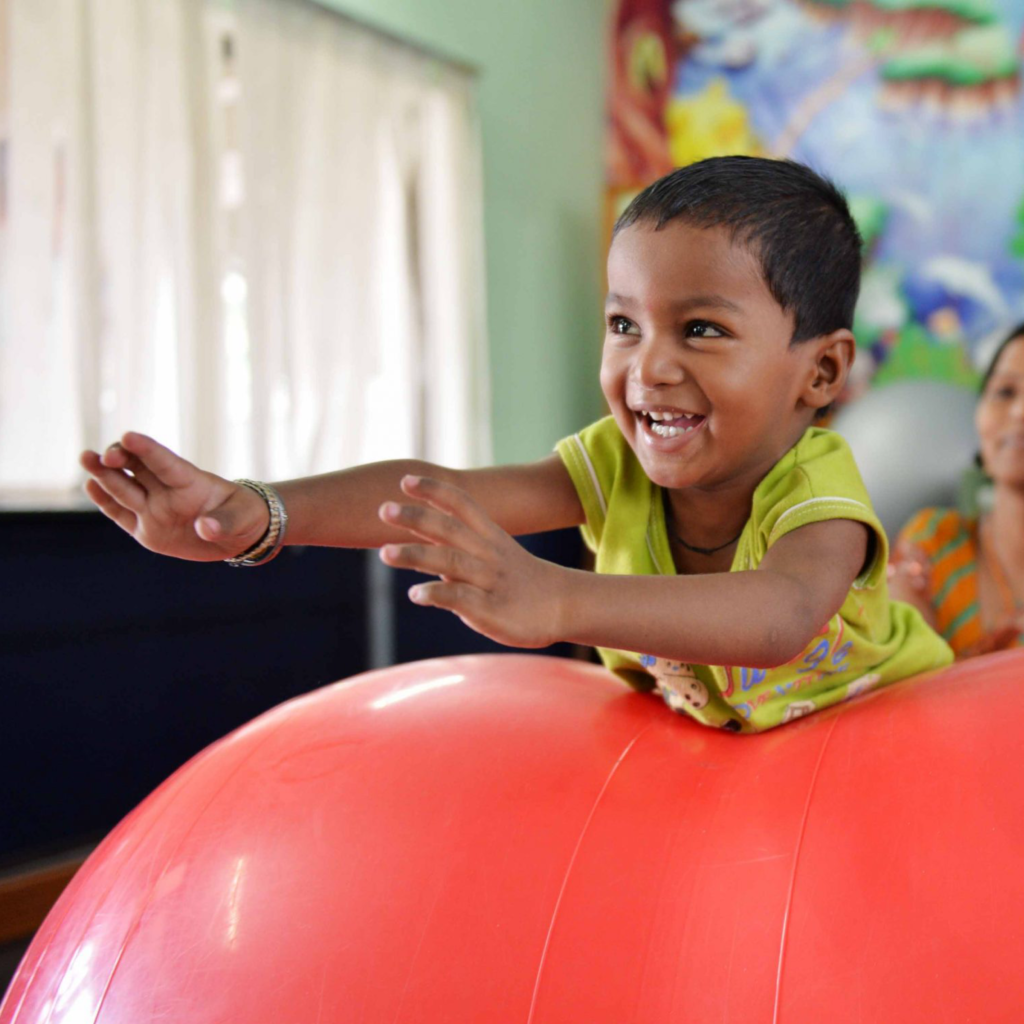
EARLY INTERVENTION AND TREATMENT
The Power of Early Intervention
Early intervention is paramount when it comes to helping individuals with cerebral palsy realize their full potential in growth, development, and mobility. Through a combination of therapies, including physical and occupational therapy, and when necessary, medical interventions, we aim to minimize the impact of cerebral palsy and enhance the quality of life for those affected.
Timely intervention and comprehensive care can make a profound difference in the lives of individuals with cerebral palsy. Our mission is to provide support, guidance, and resources to ensure that every child and family affected by cerebral palsy has the opportunity to thrive and lead fulfilling lives.
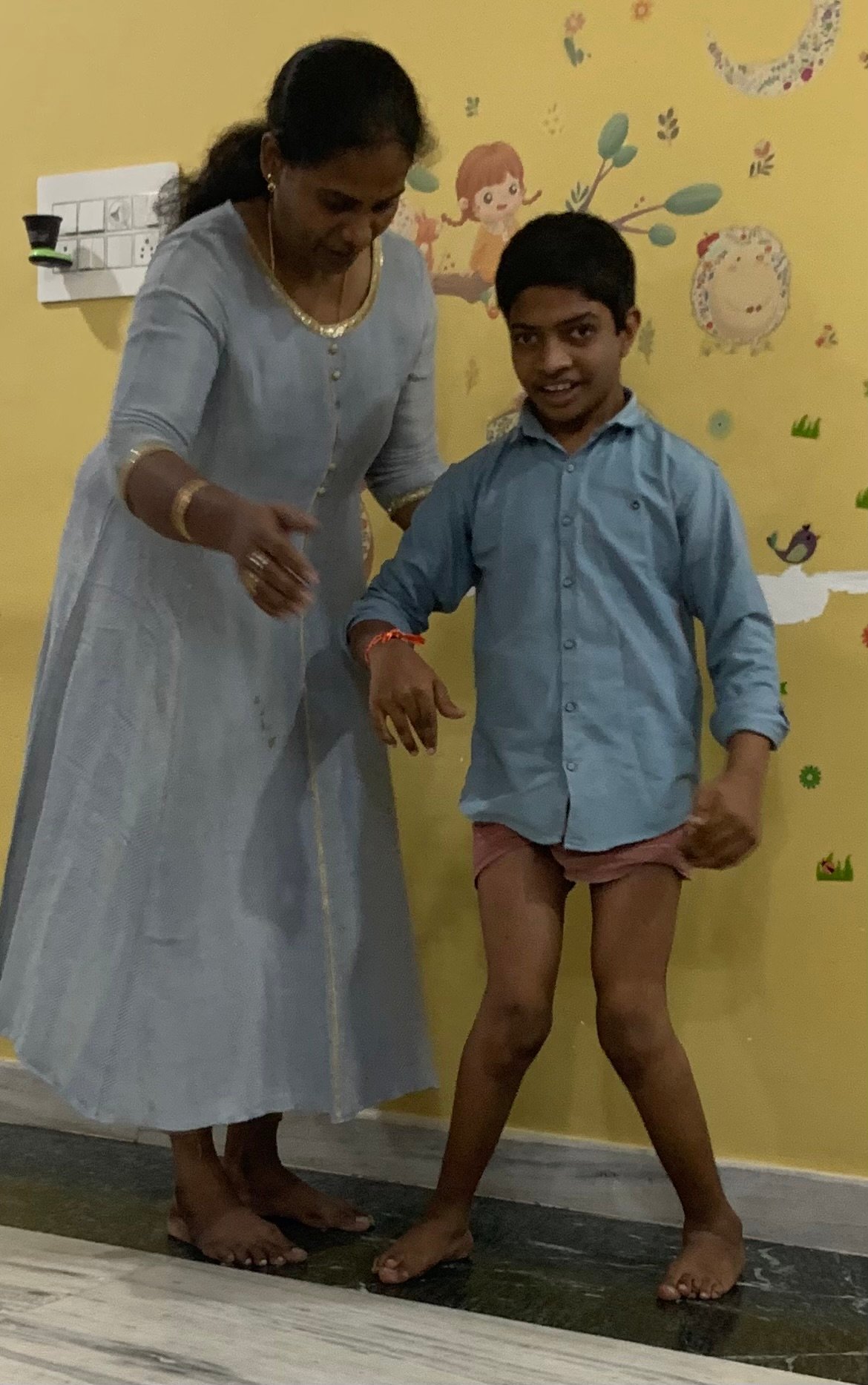
Physiotherapy
Early intervention and physiotherapy play a vital role in managing cerebral palsy. These therapies aim to improve muscle strength, coordination, and mobility from an early age, helping individuals reach their full potential in physical development.
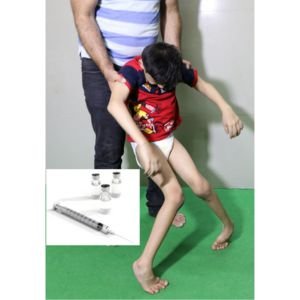
Botox Injections
Botox injections are used to manage muscle stiffness and spasticity in cerebral palsy. By temporarily relaxing specific muscles, they can improve mobility and reduce pain, enhancing the overall quality of life.
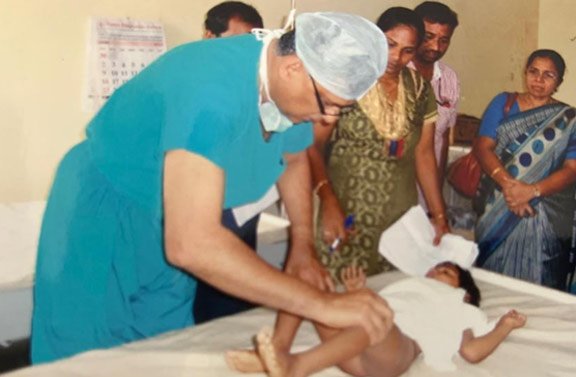
Surgical Treatment
Surgical procedures may be necessary to correct deformities, improve mobility, or address specific issues related to cerebral palsy. These surgeries can include tendon lengthening, muscle release, or orthopedic corrections.
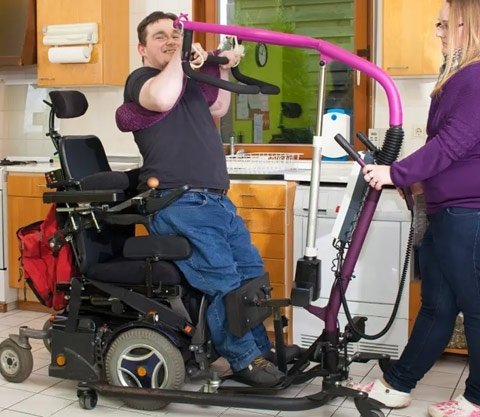
Occupational and Rehabilitation Therapy
Occupational and rehabilitation therapy focus on enhancing daily living skills and independence. These therapies help individuals with cerebral palsy improve their fine motor skills, communication, and activities of daily living.
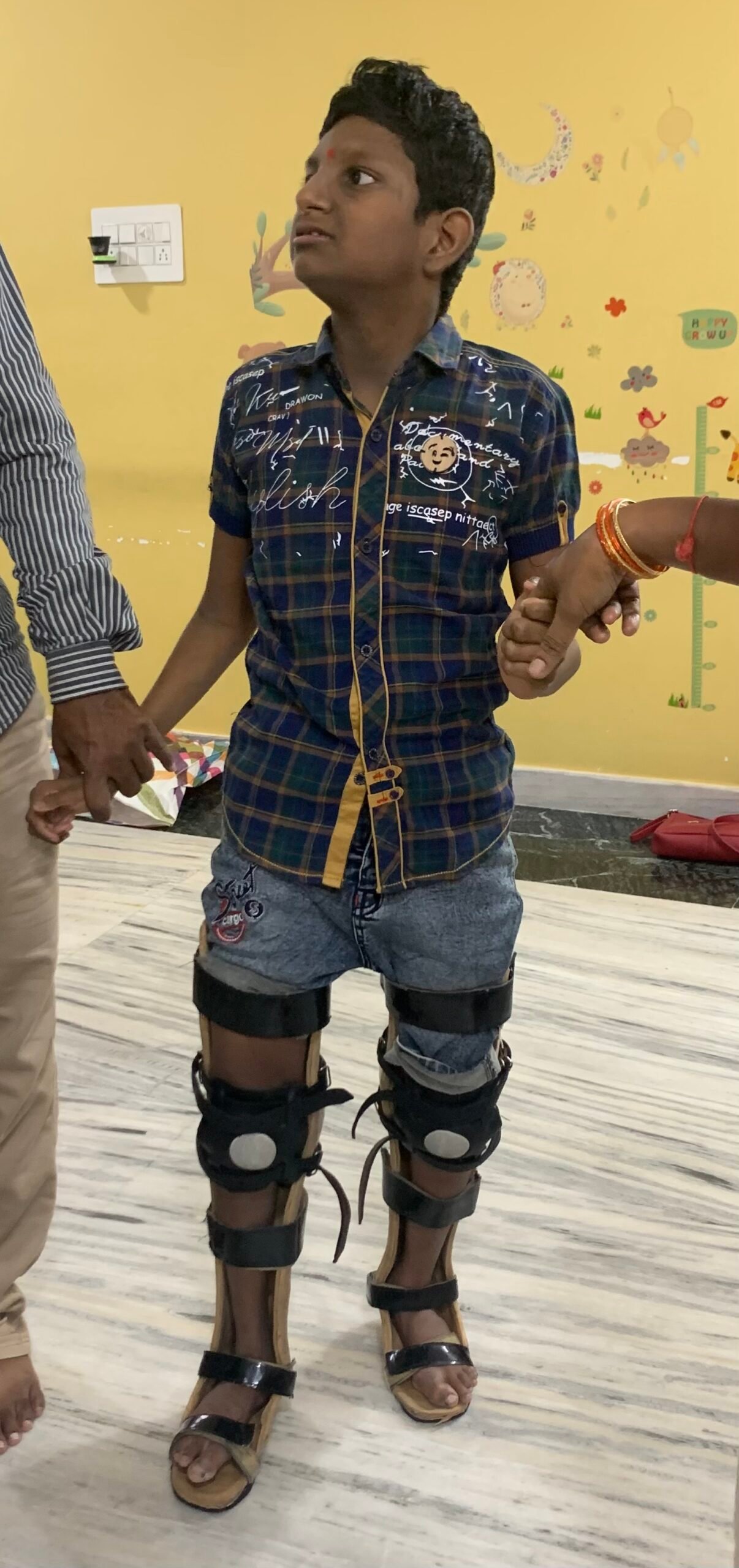
Splints and Appliances
Splints and orthopedic appliances are often used to support and correct musculoskeletal issues associated with cerebral palsy. They provide stability, improve limb positioning, and prevent contractures.
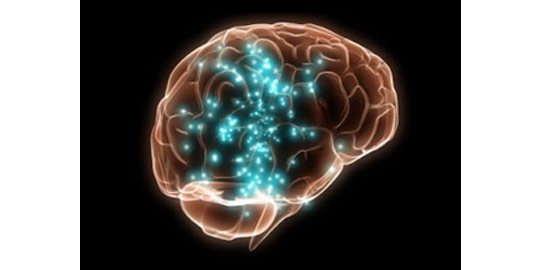
Stem Cells and Regenerative Therapy
Emerging approaches like stem cells and regenerative therapy hold promise for the treatment of cerebral palsy. These therapies explore the potential of regenerating damaged brain tissue and improving neurological function.
OUR COMMITMENT
Our Dedication to Cerebral Palsy Support
Lorem ipsum dolor sit amet, consectetur adipiscing elit. Phasellus et metus augue. Mauris ut libero eget erat scelerisque vehicula. Phasellus nec blandit metus.
STAFF
64
CAUSES
99
HOSPITALS
03
RESOURCES AND INFORMATION
Learn More About
Cerebral Palsy
Join Community
Lorem ipsum dolor sit amet, consectetur scing elit.
- Earn 9 $ when you donate 37 $
- Get $5 off with the first help
- $ 1,99 Donation per day



Our foundation is a lifeline for children with cerebral palsy. We share knowledge, and connect these special kids with the care they need, uniting hearts and hands to make a difference.
Quick Links
Contact Info
- No.4, Doctors colony, Guttala Begumpet, Madhapur, Hyderabad, Telangana - 500081.
- +91 98483 11200, +91 92471 73999
- chaitanyavikasfoundation@gmail.com